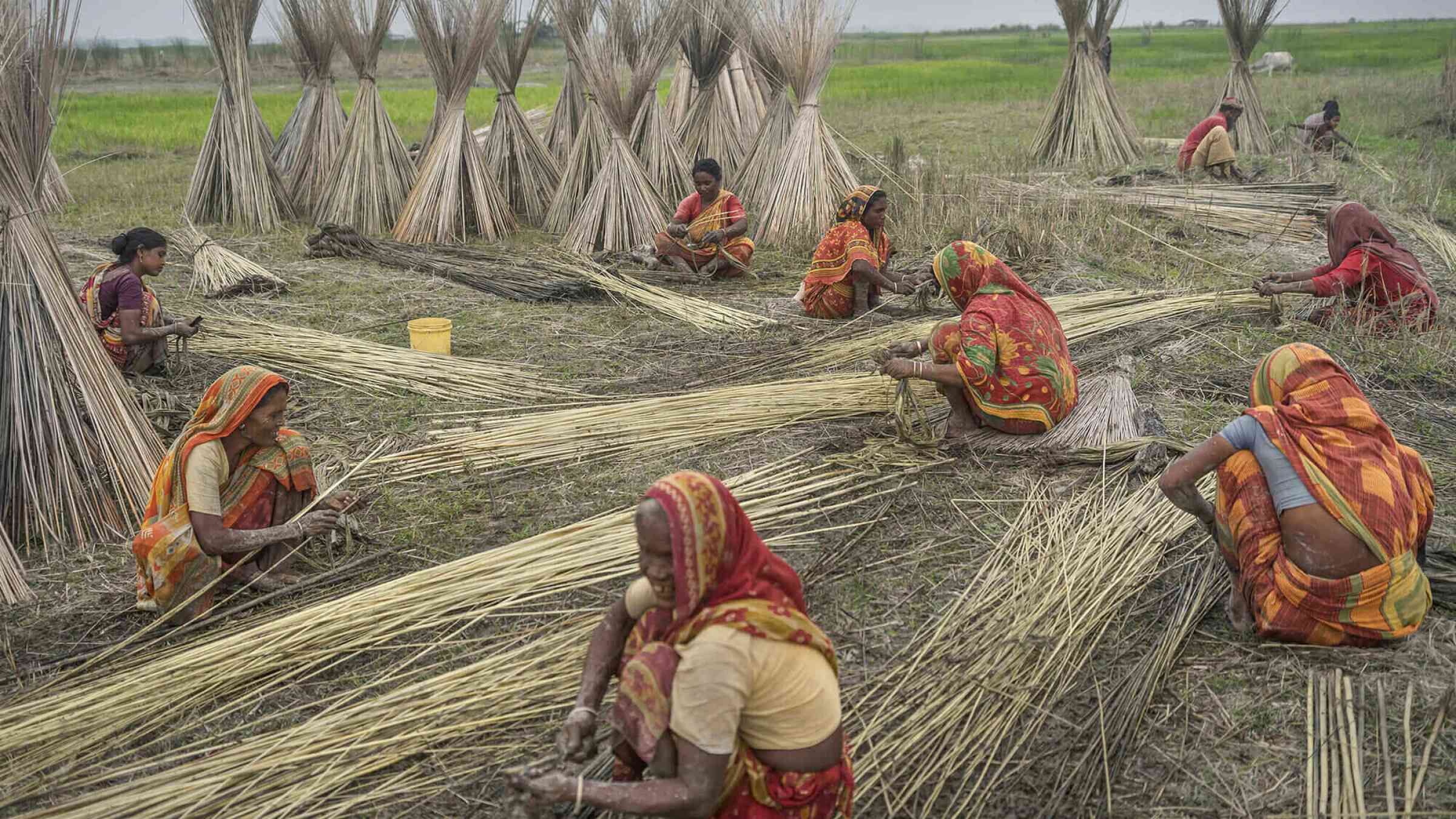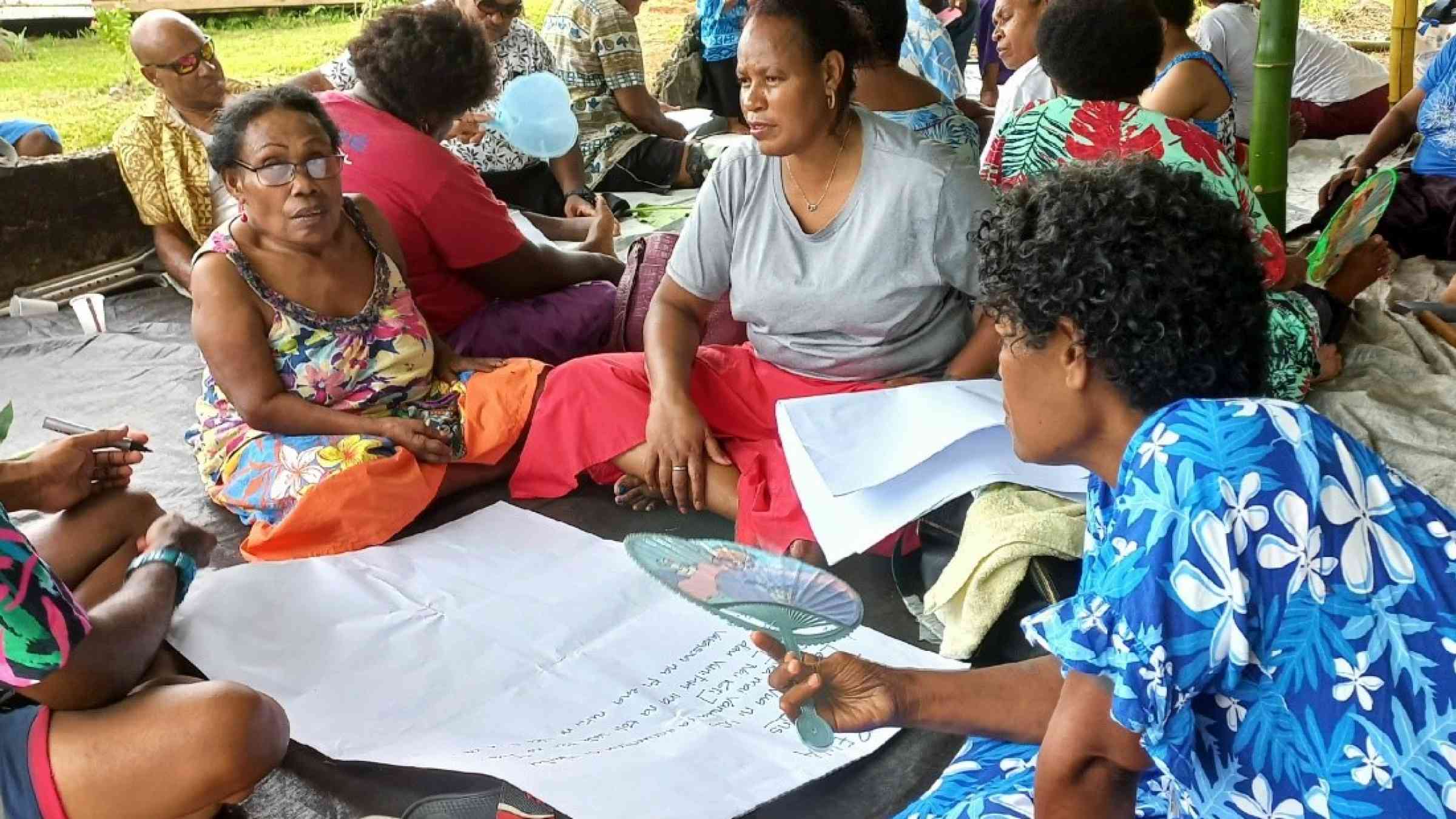Accelerating progress on the Sendai Framework by investing in the Gender Action Plan for disaster risk reduction

The theme for this year’s International Women’s Day is “Invest in women: accelerate progress” which is exactly what the Gender Action Plan to Support Implementation of the Sendai Framework for Disaster Risk Reduction 2015-2030 (Sendai GAP) aims to do. Even though the launch of the Sendai GAP is scheduled for later this month, the United Nations Office for Disaster Risk Reduction (UNDRR) is excited to give a preview of its main messages on 8 March as the world celebrates strong women, and it calls for accelerated progress in disaster risk reduction (DRR) by investing in women.
As the world faces multiple crises that put immense pressure on communities, achieving gender equality is more vital than ever. The Sendai GAP aims to accelerate progress towards the mutually reinforcing goals of gender equality and the prevention and reduction of disaster risk by ensuring DRR efforts are gender-responsive, promoting and supporting women’s empowerment and leadership.

Prioritizing gender-responsive DRR
The 2023 Midterm Review of the Sendai Framework was a stark reminder that we are not on track to achieve a substantial reduction of disaster risk and losses by 2030.
Most Midterm Review country reports identified gender-responsive DRR as a priority area for action. The analysis also showed that while there are many good practices addressing gender inequalities in disaster reduction, the scale is insufficient, requiring greater ambition and active intervention.
The Sendai GAP gives a practical shape to this lack, showing how increasing gender-responsive DRR can both increase gender equality and improve the overall outcomes in reducing risk. Investing in gender-responsive DRR will accelerate action to achieve the goals and targets of the Sendai Framework.
Invest in addressing gender inequality in DRR
The overall goal of the Sendai GAP is to accelerate achievement of the Sendai Framework goal, outcome, guiding principles, priorities and targets by substantially increasing resource allocations, activities and impacts of gender-responsive DRR; and substantially decreasing gender-related disaster risk by 2030.
The Sendai GAP outlines nine key objectives under the four priorities of the Sendai Framework, and 33 actions that all DRR and gender stakeholders can take towards achieving them.
Gender inequality considerations
In line with this year’s International Women's Day theme, “Invest in women”, one major challenge that the Sendai GAP identifies is that investment decisions for risk-informed development and DRR often do not take account of how gender inequality alters the impact and effectiveness of such investments.
Adequate funding
A significant increase in funding for DRR actions that achieve gender equality objectives is required, and ensuring these are directly accessible to women’s organizations and other gender equality and inclusion stakeholders for local-level implementation is key.
Recovery and reconstruction
The Sendai GAP also highlights actions to improve gender equality in recovery and reconstruction. For example, women on average have lower incomes and fewer assets than men, with less access to resources for recovery, and disasters set them back further and therefore widen the gender pay/assets gap. Disaster preparedness, response and recovery plans can take this into account by making sure there are adaptive social protection measures.
Gender and disaster data
Other major themes in the Sendai GAP are improving the availability and use of comparative data and information on gender and disasters, including data disaggregated by sex, age, income and disability to support decision-making; mainstreaming gender equality into disaster risk governance by including it in laws, policies, strategies and plans, while ensuring greater participation and leadership of women and gender stakeholders; and gender-responsive and inclusive early warning and early action.
Basing decision on gender analysis
A cross-cutting theme is the need to use gender analysis to inform DRR decision-making and actions so they are more effective for everyone. Gender analysis is a tool to identify existing information and disaggregated data in a particular context, to understand how risks and needs differ for women, men and people of diverse genders, and how much they are the same.

A joint endeavour
The Sendai GAP was developed through an inclusive multi-stakeholder process co-led by UNDRR, the United Nations Population Fund (UNFPA) and UN Women, with a high level of engagement from countries and other stakeholders, demonstrating how much gender equality in DRR has become a priority in all regions, and how much energy there is to move on this issue now.
77 countries nominated focal points, and 65 countries participated in the process. More than 500 non-state stakeholders engaged: these included the Sendai Framework Women and Gender Stakeholders Group (with many of their grassroots women’s organizations attending consultations), regional women’s networks, other key civil society networks in DRR, United Nations entities, academics and other experts.
The priority now is to invest in implementing the Sendai GAP, and to accelerate the achievement of the Sendai Framework.
Upcoming launch
The Sendai GAP will be launched on 18 March 2024 at the 68th session of the Commission on the Status of Women at the United Nations in New York, co-sponsored by Australia, Norway, the Philippines, Peru, UNDRR, UNFPA and UN Women.
The event will be live-streamed on UN WebTV.
